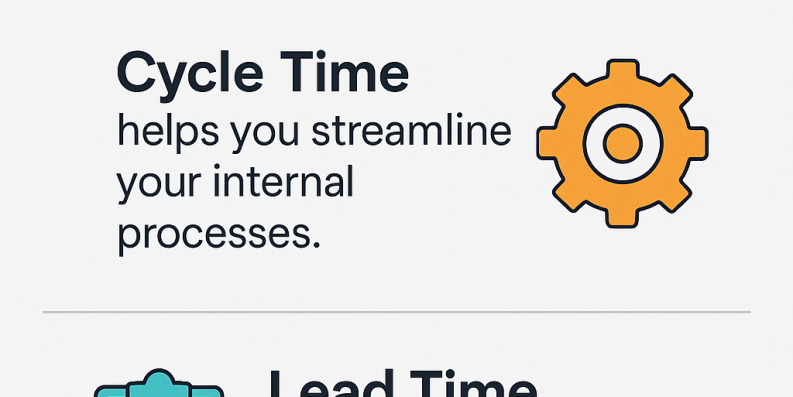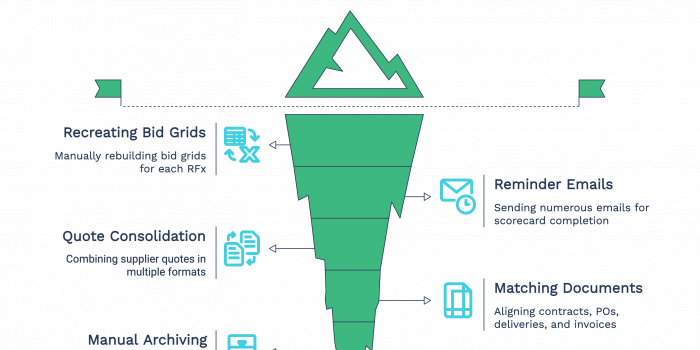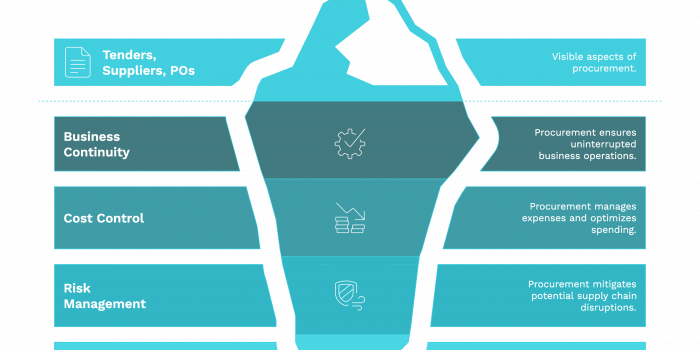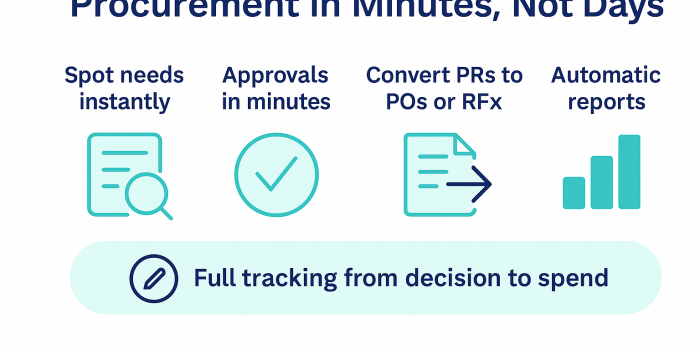Mastering the Flow: How Time Metrics Drive Smarter Procurement Decisions
In the procurement and supply chain management world, timing isn’t just important—it’s everything. Whether you’re sourcing critical supplies, managing supplier performance, or responding to fluctuating demand, understanding how time flows through your processes can mean the difference between smooth operations and missed opportunities. At Scale, we believe procurement teams should

In the procurement and supply chain management world, timing isn’t just important—it’s everything. Whether you’re sourcing critical supplies, managing supplier performance, or responding to fluctuating demand, understanding how time flows through your processes can mean the difference between smooth operations and missed opportunities.
At Scale, we believe procurement teams should have the same clarity and precision that manufacturers demand on the production floor. That’s why we’re putting the spotlight on three powerful concepts every procurement leader should master: Takt Time, Cycle Time, and Lead Time.
These may sound like manufacturing terms—and they are—but their relevance in procurement is undeniable. Let’s unpack what they mean and why they matter.
Takt Time: The Rhythm of Demand
Takt Time is all about pace. It tells you how often a product needs to be completed or delivered to meet customer demand. Imagine it as a metronome that keeps your entire procurement and production operation in sync with what the market actually needs.
- Takt Time = Available Production Time ÷ Customer Demand
If your team has 480 minutes of productive time each day and your customers require 240 units, your takt time is 2 minutes. That means you need to produce (or procure) one unit every 2 minutes to stay on track.
For procurement, Takt Time becomes a powerful planning tool. It ensures you’re not overordering or underordering. It helps align requisitions and supplier deliveries with actual usage. With Scale, you can build your procurement rhythm around real-time consumption data, minimizing excess and shortages across the board.
Cycle Time: The Measure of Efficiency
Cycle Time looks inward. It measures how long it takes to complete one unit of a task or process—from start to finish. In procurement terms, think of it as the time it takes to process a purchase order, evaluate a supplier bid, or complete a contract approval cycle.
- Cycle Time = Net Production Time ÷ Number of Units Produced
For example, if it takes 1 minute to process a unit and another minute of waiting time, your cycle time is 2 minutes per unit.
Cycle Time helps you pinpoint inefficiencies. Are approvals taking too long? Is supplier onboarding sluggish? Is your evaluation process too complex? Scale provides visibility into these questions by helping you map, measure, and optimize every step of your procurement workflows. With shorter cycle times, your procurement team becomes more agile, responsive, and productive.
Lead Time: The Full Journey
If Takt Time is about meeting demand and Cycle Time is about internal efficiency, Lead Time is about the entire customer journey. It measures how long it takes from the moment an order is placed to when it’s delivered. That includes order processing, supplier fulfillment, production (if applicable), and shipping.
- Lead Time = Delivery Date – Order Request Date
Lead Time is a critical metric in managing expectations—both internally and with suppliers. It impacts how you plan projects, how you communicate timelines, and how satisfied your internal stakeholders or external customers are.
On Scale, Lead Time tracking is built into the system. You can measure it across different suppliers, categories, and business units. With this insight, you’re able to hold suppliers accountable, identify recurring delays, and build realistic project timelines based on actual performance.
Why This Matters for Procurement Teams
Understanding these time metrics helps procurement leaders move from reactive firefighting to proactive strategy.
- Takt Time ensures your procurement operations are aligned with real demand.
- Cycle Time helps you streamline your internal processes.
- Lead Time allows you to manage supplier performance and plan with confidence.
Together, they offer a holistic framework for making better decisions, negotiating smarter contracts, and improving operational efficiency.
Bringing It All Together with Scale
At Scale, we help procurement teams leverage these metrics through our powerful, easy-to-use platform. Whether you’re processing internal requisitions, managing competitive bids, or tracking supplier performance, Scale gives you the visibility and tools to measure what matters.
When you integrate Takt Time, Cycle Time, and Lead Time into your procurement workflows, you unlock new levels of efficiency and control.








